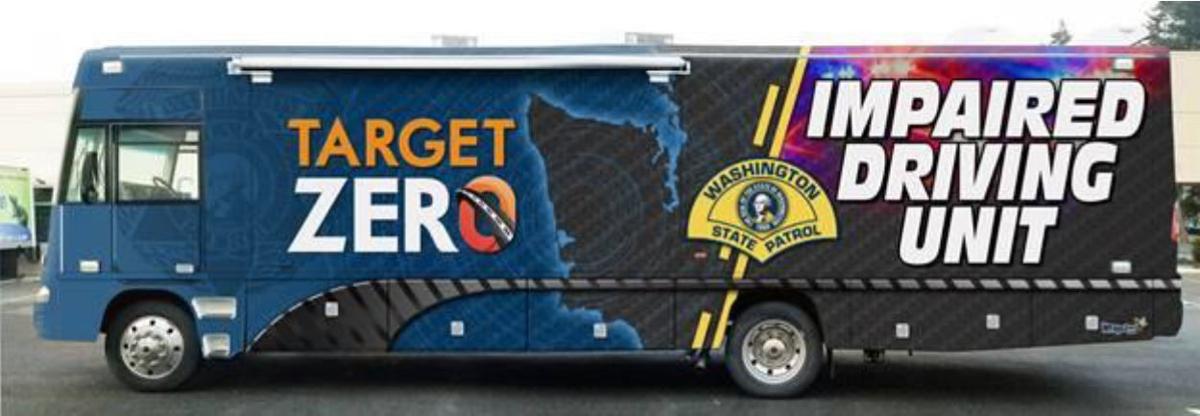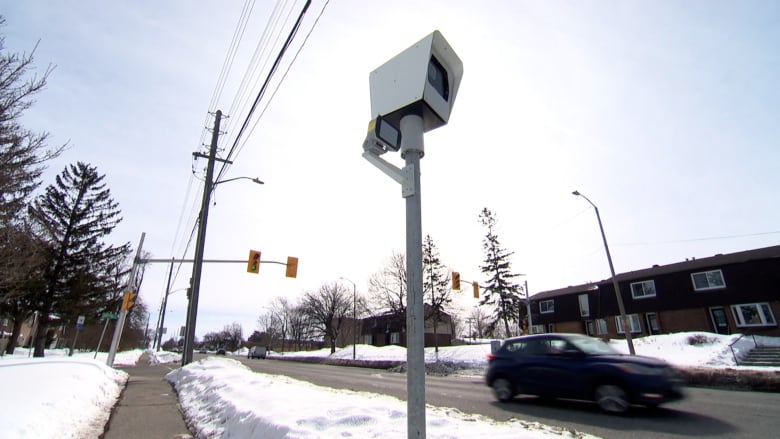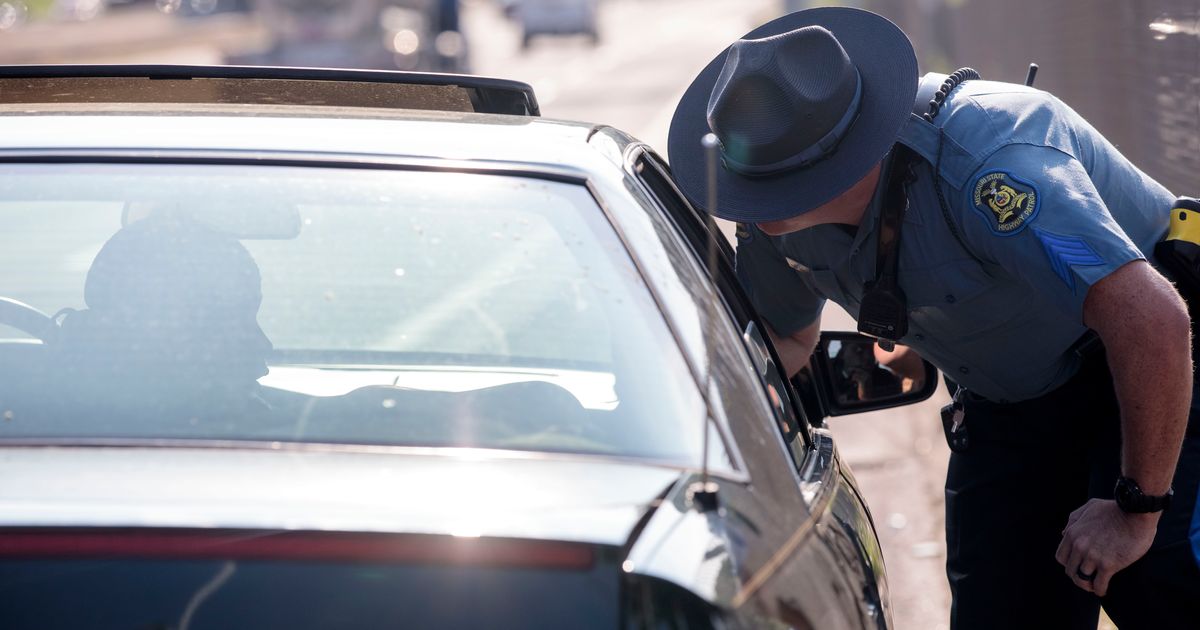
Accoding to a press release, the Washington State Patrol (WSP) and the Washington Traffic Safety Commission (WTSC) will work together to enforce DUI pullovers and encourage drivers to make good choices.
The “Home for the Holidays” traffic safety campaign continues now through New Years Eve. Historically, the WSP observes an increase in all collision types during this time frame, as well as an increase in impaired drivers on our roadways.
“While we can’t prevent all collisions, buckling up and slowing down, particularly in wet conditions, dramatically improve the chances that drivers and their passengers will survive a crash and avoid serious injury.” ~Shelly Baldwin, WTSC Director.
Encouraging drivers to make good choices behind the wheel is especially important considering the rise in fatality collisions across Washington state over the past several years. According to preliminary WTSC data, there have been nearly as many fatal collisions between through September 2023 (578) as compared to the same timeframe in 2022 (582). Last year was a 32-year high for fatality collisions across Washington state.
Numbers from the WTSC show 776 lives were lost across the state due to traffic related collisions in the months of October, November, and December from 2018 to 2022. Of those tragedies, 40 percent involved impaired drivers, 30 percent involved excessive speed, 16 percent involved distracted drivers, and 29 percent of those killed were pedestrians or pedal cyclists.
“Fatality collisions are preventable tragedies, and we must all do our part in order to help save lives,” said WSP Chief John R. Batiste. “Buckling up, slowing down, and driving sober can help make sure we all make it home to our loved ones for the holidays.”
Drivers are asked to checklist check road conditions before heading out.
- Buckle up and ensure all occupants are also properly seat belted before driving;
- Follow posted speed limits and slow down as necessary in adverse weather and around vulnerable road users, including walkers and cyclists;
- Increase following distance, especially in adverse weather or low light conditions;
- Always choose to drive sober;
- Avoid distractions, such as the use of a hand-held cell phone or watching videos while driving.
Please contact my office if you, a friend or family member are charged with DUI, Reckless Driving or any other crime. Hiring an effective and competent defense attorney is the first and best step toward justice.













